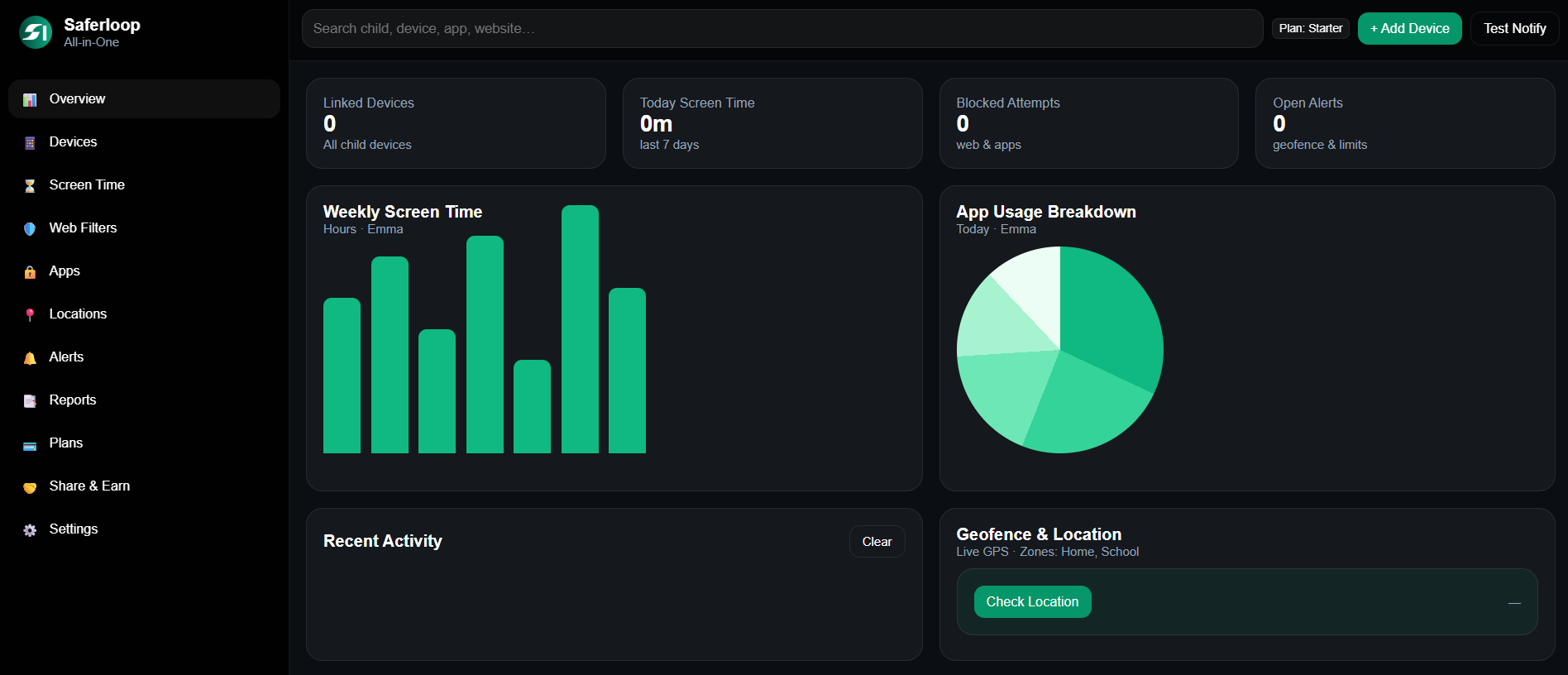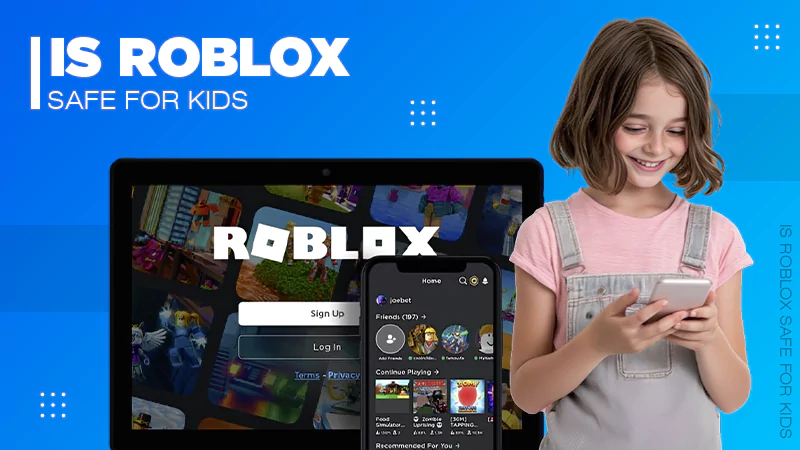According to various expert reports and enterprise owners, workflow automation software reduces capture process errors by 37% and boosts data accuracy by 88%.
Complete HR Software Suite: Smart Tools for Smarter Workforce Management
In today’s chaotic world, managing a modern workforce isn’t just about keeping records, sending offer letters, or running payroll on time. Enterprises have to deal with distributed teams, aggressive growth targets, increasing compliance demands, and the constant need to satisfy employees with numerous perks.
A complete HR software suite is no longer a generic need, but it’s a strategic necessity. It provides a unified, automated, and data-driven approach to workforce management.
Organizations that deploy them not only speed up their tasks but also cut down compliance risks, improve employee experience, and unlock insights that directly impact productivity and profitability.
In this blog post, we are going to break down what a complete HR software suite actually includes, why it matters, and how it transforms the regular operations without any hassle.
Let’s begin!
Key Takeaways
- Understanding the complete meaning of HR software
- Decoding the integration parameters
- Looking at the importance of data security and access controls
- Exploring the need for a mobile-first experience
1. What a Complete HR Software Suite Really Means
A true kind of HR system is not a single feature or module, but a compilation of an entire toolkit built to handle the full employee lifecycle. The typical suite includes:
1.1 Applicant Tracking System (ATS)
A modern ATS manages everything from job publishing to candidate evaluation. The smart ones automate screening, schedule interviews without endless email chains, and provide structured scorecards so hiring teams don’t rely on gut feeling.
1.2 Onboarding Management
Good onboarding is not a checkbox—it’s the first operational experience an employee has with the company. HR suites offer digital onboarding workflows, automated document collection, e-signatures, role-specific training plans, and pre-day-one engagement.
1.3 Employee Database & Self-Service
A centralized, permission-controlled employee database reduces admin chaos. Self-service features cut down the HR workload dramatically. Employees can manage their own leaves and acknowledgements on the portal.
1.4 Time & Attendance Tracking
Smart attendance systems eliminate manual registers and unreliable biometric logs. Cloud-based clock-ins, geolocation tagging, shift scheduling, automated overtime calculations, and integration with payroll are standard in any serious HR suite.
1.5 Payroll & Compliance Automation
Payroll software is where most HR mistakes show up late payments, wrong deductions, or non-compliance penalties. A smart HR suite automates salary calculations, statutory deductions, tax filings, reimbursements, and payslip generation with zero manual effort.
1.6 Performance Management System (PMS)
Static annual reviews are outdated. A modern PMS includes continuous feedback, OKRs, quarterly goals, competency frameworks, and analytics to track performance trends.
1.7 Learning & Development (L&D)
Scaling up your skill set is not an option anymore. HR suites come with integrated learning portals offering e-learning, course tracking, skill assessments, and certification workflows.
1.8 Employee Engagement Tools
Pulse surveys, mood tracking, recognition systems, and communication tools help to analyze the behavior of the employees.
1.9 Exit & Offboarding Management
A structured exit workflow ensures smooth handovers, compliance documentation, clearance tracking, and knowledge transfer.
The real advantage is not that all these features exist—but that they work together seamlessly.
Interesting Facts
Some companies report 30-50% cost savings within the first year of adopting workflow automation.
2. Why Integration Matters More Than Features
Most companies make a mistake: they try to manage HR with multiple disconnected apps—one for attendance, another for payroll, separate tools for performance, surveys, or training. This creates:
- Data misplacements cause problems because the same employee information exists in multiple places
- Manual duplication wastes the potential of HR
- Compliance risks due to scattered documentation
- Poor employee experience navigating different systems
- Limited analytics, as data is fragmented
A complete HR suite eliminates this chaos by providing a single source of truth. When an employee updates personal information, every module reflects it. Attendance flows directly into payroll. Performance evaluations make the decision of promotion easier. Exit data feeds back into hiring needs.
Integration is not a convenience; it’s the backbone of efficient workforce management.
3. Automation: The Real Value Driver
The main function of an HR system is not to streamline manual work, but to significantly eliminate it.
Smart HR suites automate the processes most companies still waste hours on:
- Automatic leave balance calculations
- Automated interview scheduling
- Auto-generated offer letters and contracts
- Payroll calculations without spreadsheets
- Automatic onboarding task assignments
- Auto-reminders for compliance deadlines
- Automated goal tracking for performance reviews
When automation handles routine tasks, HR teams finally get bandwidth to focus on strategic work like culture building, talent development, and organizational planning.
4. Data: The Hidden Power of an HR Suite
Offices cannot evaluate things without proper data
A complete HR software suite provides real-time analytics across:
- Hiring success rates
- Offer acceptance trends
- Attendance and shift discipline
- Attrition patterns and risk indicators
- Training effectiveness
- Performance distribution
- Payroll expenses and cost forecasting
- Engagement and sentiment
Leadership gets clarity. HR teams get control. Employees get transparency.
Data removes guesswork from talent decisions. That’s what separates companies that grow sustainably from those that rely on intuition and patchwork systems.
5. Employee Experience: The Competitive Differentiator
Motivational quotes hanging on the walls don’t define a work culture, but systematic HR management does.
A complete HR suite improves employee experience in ways that directly affect retention:
- Smooth and welcoming onboarding
- Mobile apps for attendance, payslips, and leave
- Transparent goal tracking
- Properly structured reviews
- Readily available policies and documents
- Continuous feedback loops
When employees feel supported by the system, they’re more engaged, productive, and loyal. Poor HR processes push talent away faster than most leaders admit.
6. Compliance: Non-negotiable and Often Ignored
Ignoring compliance is an expensive mistake. HR teams often struggle with:
- Changing laws
- Missing deadlines
- Wrong tax deductions
- Incomplete employee records
- Poor documentation trails
A smart HR suite minimizes risk by keeping every document, every approval, every salary revision, and every statutory update logged and traceable. Audits become simpler. When governance becomes part of the daily procedure, the penalty becomes rare.
7. Scalability: Essential for Growth-Driven Companies
As companies scale, manual processes crack first. The signs are obvious:
- Payroll errors increase
- Managers spend their time on admin tasks
- New hires receive inconsistent onboarding
- Performance reviews become subjective
- Employee records become messy
- Communication gaps widen
A complete HR software suite scales effortlessly with headcount, locations, and business units. It ensures consistency in processes, no matter how fast the company is expanding.
8. What Smart HR Leaders Look for in a Suite
When evaluating HR software, smart decision-makers focus on:
8.1 Ease of Use
If employees can’t figure it out quickly, they won’t use it.
8.2 Mobile-First Experience
Most employees operate on mobile. So do HR tools
8.3 Strong Integration Capabilities
Payroll, finance, and collaboration tools should sync without friction.
8.4 Customizable Workflows
Rigid systems can cause some critical issues
8.5 Data Security & Access Controls
HR data is highly sensitive; protection is non-negotiable.
8.6 Local Compliance Support
Especially critical in markets with complex labor laws.
8.7 Analytics That Actually Matter
The dashboards must provide valuable insights and not generic metrics
If a system fails on any of these, it becomes more burden than a benefit.
9. Implementation: Where Most Companies Mess Up
Buying an HR suite is easy. Implementing it effectively is where things usually fall apart. The common failures include:
- Improper ownership during rollout
- Weak execution of workflows
- Incomplete data migration
- Managers not trained properly
- Overcomplicating rules and structures
- No change management plan
Smart organizations avoid these traps by treating implementation as a strategic project, not a quick software installation.
10. The Future of Workforce Management
HR technology is accelerating rapidly. The next generation of HR suites will include:
- Predictive analytics for attrition and performance
- AI-based candidate screening
- Personalized learning paths
- Behavioral insights for team dynamics
- Automated compliance monitoring
- Gamified employee engagement
- Integrated wellness tools
Companies that adopt early will create a workforce advantage that competitors can’t replicate manually.
Conclusion
A complete HR software suite is more than a set of tools—it’s an operational backbone. These systems completely remove unwanted stuff, strengthens compliance, improve decision-making, and elevate the employee experience. Companies that continue relying on fragmented systems or manual processes are choosing to slow themselves down.
Smart organizations use smart systems. And in today’s environment, an integrated HR suite isn’t optional—it’s the minimum standard for managing a modern workforce effectively
What are the statistics of workflow automation?
What is the best workflow management software?
The best workflow management software depends on your needs.
What are the four major types of workflow management?
It includes concepts like sequential, state-machine, rules-driven, and parallel workflow management.



